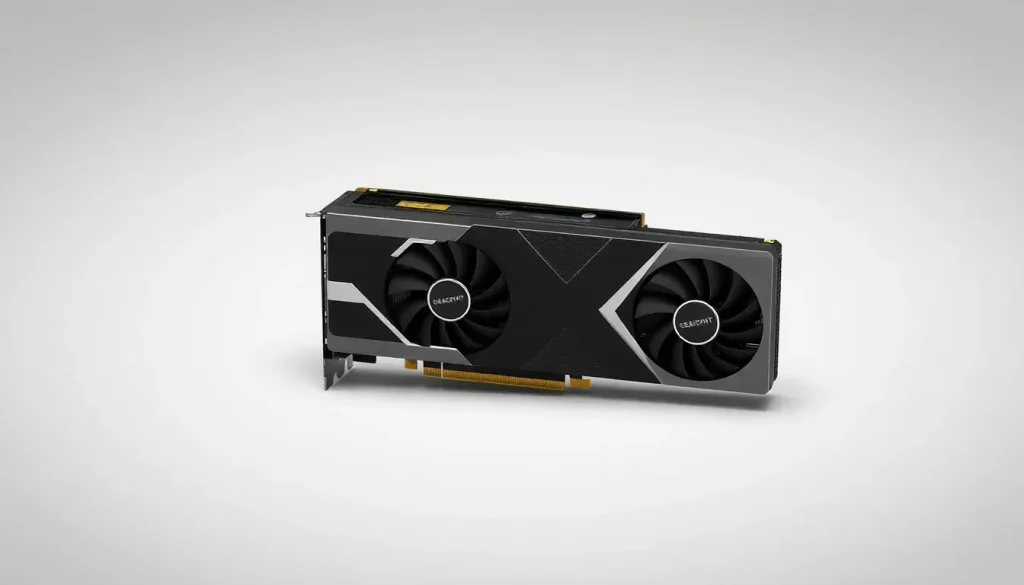Seasonic adds GeForce RTX 5070 Ti SUPER and RTX 5070 SUPER to PSU calculator

The world of graphics cards is ever-evolving, and recent revelations from Seasonic have sparked excitement among tech enthusiasts. They have unexpectedly listed two new GPUs—the NVIDIA GeForce RTX 5070 Ti SUPER and RTX 5070 SUPER—on their official website. This listing was made within their power supply calculator tool, designed to help users determine the appropriate power supply unit (PSU) for their systems. With this information, we can glean insights into the potential energy consumption and specifications of these upcoming GPUs.
Historically, Seasonic has made similar premature listings, including the early mention of the GeForce RTX 5090. This trend raises questions about the accuracy of the data provided but also serves as a tantalizing glimpse into the future of NVIDIA’s GPU lineup. As anticipation builds for the official announcement, expected during the CES 2026 in Las Vegas, tech enthusiasts are keen to speculate on what these new graphics cards will bring.
The power consumption of NVIDIA GeForce RTX 5070 Ti SUPER and 5070 SUPER
According to Seasonic's calculator, the NVIDIA GeForce RTX 5070 Ti SUPER is expected to have a thermal design power (TDP) of 350W. This figure represents an increase of 50W compared to the original RTX 5070 Ti. Meanwhile, the RTX 5070 SUPER is projected to have a TDP of 275W, indicating a more modest rise of 15W over its predecessor. These changes suggest a trend towards increased power consumption as performance capabilities improve.
Notably, both GPUs will utilize a single 16-pin connector for power, aligning with NVIDIA's recent design choices aimed at simplifying power delivery for high-performance GPUs. The anticipated power consumption of these models reflects the ongoing developments in GPU technology, often tied to enhanced performance metrics.
Key specifications of the RTX 5070 Ti and RTX 5070 SUPER
The NVIDIA GeForce RTX 5070 SUPER is expected to debut with a GB205-400 graphics chip and will likely feature around 6,400 CUDA Cores. This represents only a slight increase from the original model, which includes 6,144 CUDA Cores, amounting to a mere 4% improvement in core count. However, the most significant upgrade lies in the VRAM, with the newer model set to increase from the previous 12GB of GDDR7 to a more robust 18GB of memory.
In contrast, the RTX 5070 Ti SUPER is expected to maintain the same core count of 8,960 CUDA Cores as its predecessor. The key difference will be the overclocking capabilities designed to boost performance, alongside an increase in VRAM from 16GB to 24GB. This shift makes these GPUs particularly appealing for tasks related to artificial intelligence (AI) and machine learning, suggesting a strategic direction from NVIDIA to cater to both gamers and professionals alike.
Power supply requirements for the RTX 5070 Ti
If you're considering upgrading to the RTX 5070 Ti SUPER, it's essential to ensure that your system has an adequate power supply. Here are some recommendations for PSU requirements:
- Minimum recommended PSU wattage: 750W
- Efficiency rating: Look for at least 80 Plus Gold
- Single 16-pin connector compatibility
- Headroom for overclocking and additional components
Having a power supply that meets or exceeds these specifications will not only ensure stability but also allow for future upgrades without the need for replacement.
Energy consumption insights: RTX 5070 Ti and RTX 5070 SUPER
Understanding the energy consumption of these GPUs is crucial for users looking to build or upgrade their systems. Below is an overview of the expected TDPs:
| GPU Model | Expected TDP | Increment over Previous Model |
|---|---|---|
| NVIDIA GeForce RTX 5070 Ti SUPER | 350W | +50W |
| NVIDIA GeForce RTX 5070 SUPER | 275W | +15W |
These figures highlight the increasing demand for power as NVIDIA's graphics technology progresses, leading to enhanced performance capabilities.
Conclusion: Implications for gamers and professionals
The upcoming NVIDIA GeForce RTX 5070 Ti SUPER and RTX 5070 SUPER are poised to make a significant impact in the gaming and professional graphics landscape. With improvements in VRAM and potential power consumption, these GPUs could cater to a wide range of applications. As we approach the official announcement at CES 2026, the anticipation continues to build.
For those looking to stay informed, consider checking out this video that delves into choosing an effective PSU for your PC:




Leave a Reply